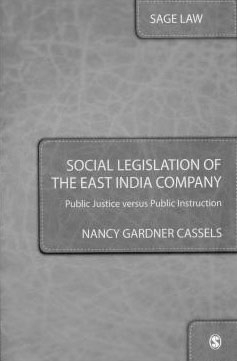This volume of Nehru’s selected works, edited by Aditya and Mridula Mukherjee covers the period of three months from April to June 1958. Like earlier volumes, it gives us a flavour of the times. It offers an overview of the major problems confronted by India in the 1950s, and how Nehru coped with them. Even a cursory reading of some of Nehru’s speeches and writings brings into sharp focus the contrast between India of 1958 and of today.
The decade of 1950s was undoubtedly one of crisis for the Indian economy—shortage of food, problem of foreign exchange, slowing of industrial growth, and a lack of financial resources required for industrial growth. The problem of resources was so acute that the National Development Council suggested that the total outlay of the Second Five Year Plan be reduced from Rs. 4800 crore to Rs. 4500 crore. This may appear trivial by contemporary standards, but in the 1950s the Indian state desperately wanted a reduction of Rs. 300 crore to provide breathing space for the economy.
Nehru insisted that his ministers minimize spending and avoid foreign travel. He complimented M. Mujeeb, Jamia Millia Islamia’s Vice Chancellor, for refusing a visit abroad, on the ground of shortage of foreign currency: ‘In view of our very difficult foreign exchange situation no ministry is authorized to incur any expenditure…’ (p. 112) . India could not afford to spend foreign currency. Nehru had in mind a number of welfare schemes which could not be operationalized because of scarcity of financial resources.

